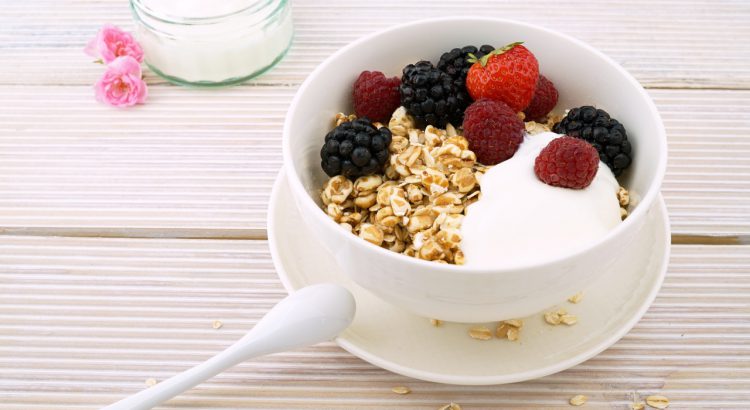You may have seen prebiotics and probiotics on package labels or in the news, but what are they and what makes them so unique?
Prebiotics are a form of fiber or indigestible foods that help promote the growth of probiotics. Sources of prebiotics include onions, artichokes, garlic, soybeans, asparagus and whole wheat.
Probiotics are a type of good bacteria that is beneficial for the gut and immune system health. They are often used to treat illnesses such as irritable bowel, inflammatory bowel disease and antibiotic-associated diarrhea. These micro-organisms aid intestinal function and help balance gut flora. Scientists are still researching all the potential benefits of probiotics.
Many species of probiotics provide different health benefits. Lactobacillus bulgaricus and Streptococcus thermophilus are found in fermented dairy products, such as kefir, aged cheese and yogurt; look for “Live and Active Cultures” on the product label. Non-dairy sources include soy products such as miso, tempeh and soy milk.
Probiotic supplements are also available, but these are not approved by the Food and Drug Administration, and some individuals should refrain from consuming, so always talk to your doctor before taking any over-the-counter supplements.
To get the most benefits from probiotics and for a healthy gut, be sure to eat a wide variety of nutrient-dense foods. Need some inspiration? Check out some healthy and delicious recipes.
